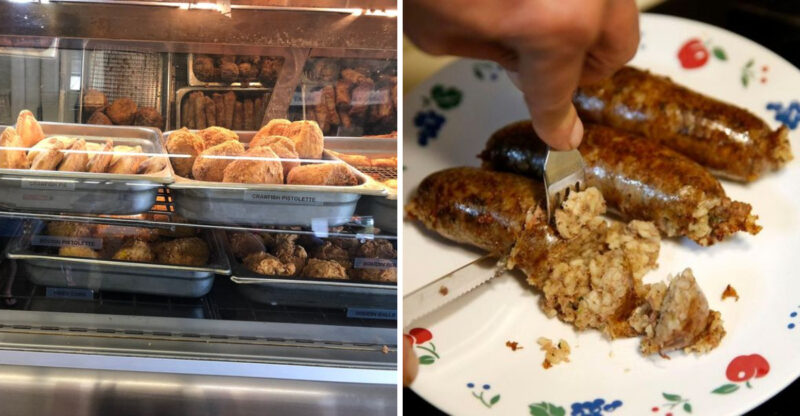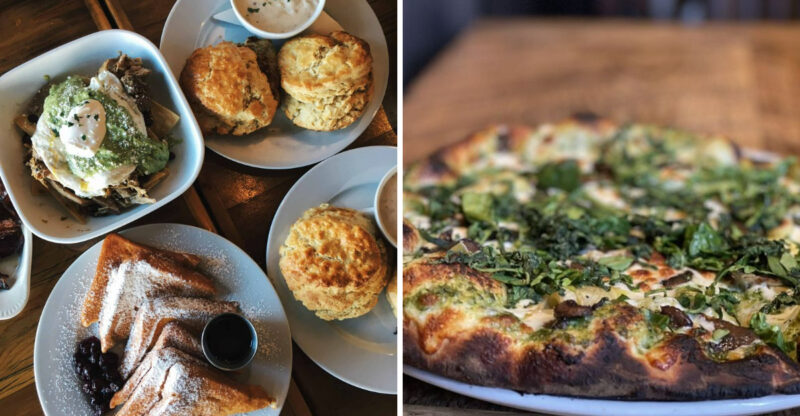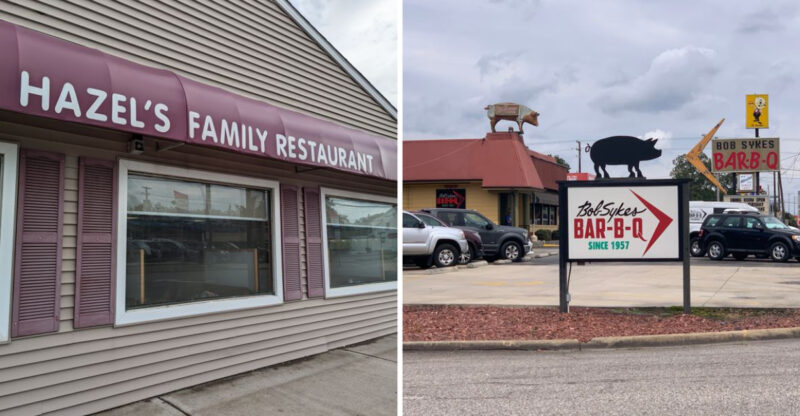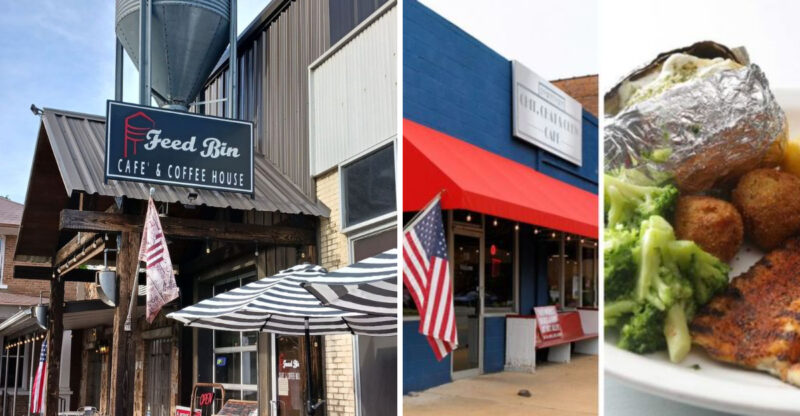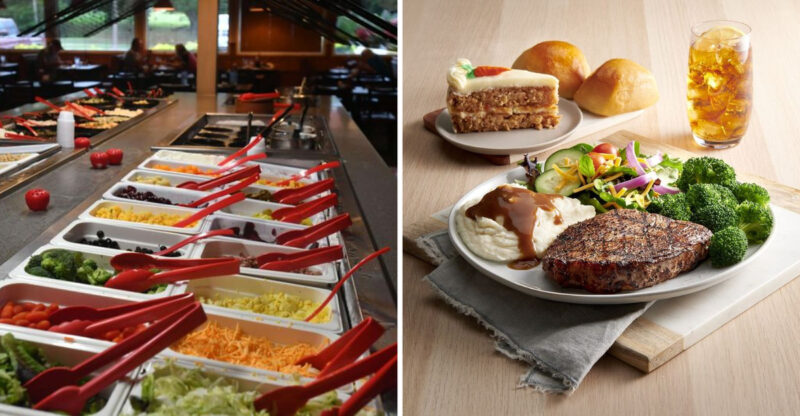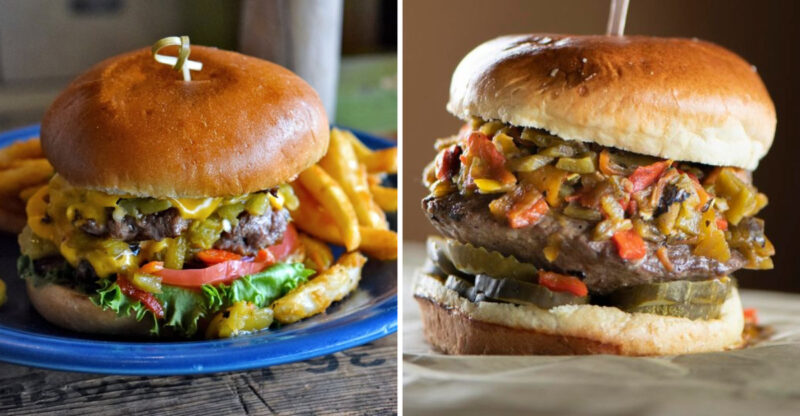Hidden Pennsylvania Food Traditions That Haven’t Made It Past The Border
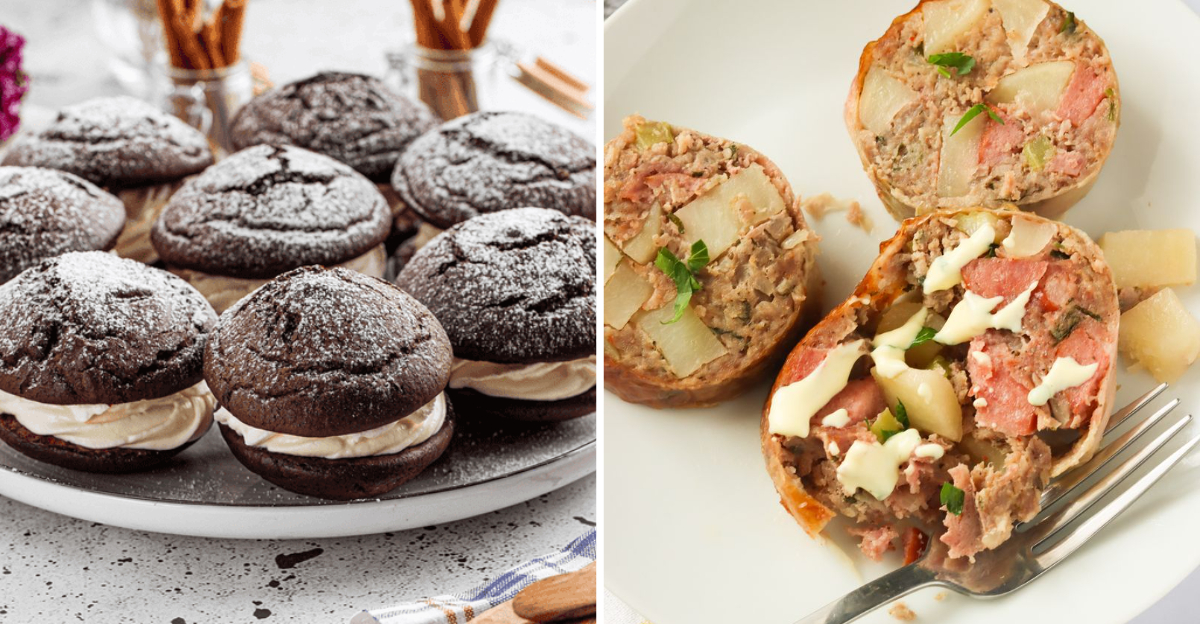
Pennsylvania has a rich food culture that most people outside the state have never heard about. From unique snacks to special meals passed down through generations, these traditions remain hidden treasures.
Many of these foods reflect the diverse communities that settled in Pennsylvania, including German, Dutch, and Eastern European immigrants. I’m excited to share these delicious secrets with you today.
1. Scrapple
If you’ve never tried scrapple, you’re missing out on a breakfast staple that Pennsylvanians have loved for centuries. This loaf is made from pork scraps, cornmeal, and spices all cooked together into a sliceable block. People fry it until the outside gets super crispy while the inside stays soft.
Germans who settled in Pennsylvania created this dish to use every part of the pig and waste nothing. It might sound strange at first, but the taste is savory and delicious with a unique texture.
Most folks outside Pennsylvania have never even heard of it, let alone tried it for breakfast. You can find scrapple in nearly every diner across the state served alongside eggs and toast.
2. Shoofly Pie
Did you know that shoofly pie got its name because you had to shoo flies away from the sweet molasses filling? This Pennsylvania Dutch dessert features a sticky bottom layer made from molasses and a crumbly cake-like topping. The combination creates an incredibly sweet treat that’s unlike any other pie you’ve tasted.
Bakers in Lancaster County and surrounding areas have been making this pie for generations using simple ingredients. The molasses gives it a deep, rich flavor that some compare to gingerbread but much sweeter.
It’s traditionally served with coffee for breakfast, not just as dessert. Outside Pennsylvania, most bakeries don’t carry shoofly pie, making it a true regional specialty.
3. Pierogies
When Eastern European immigrants settled in Pennsylvania, they brought their beloved pierogi recipe with them. These half-moon shaped dumplings get stuffed with potatoes, cheese, sauerkraut, or even fruit depending on the occasion. Boiling them first and then frying them in butter creates the perfect texture.
Pittsburgh especially claims pierogies as their own, with church festivals and community events centered around making thousands by hand. The city even has pierogi races at baseball games where giant pierogi costumes race around the field. You’ll find them served with sour cream and onions at family gatherings throughout western Pennsylvania.
While other states have pierogies, Pennsylvania’s version and tradition remain distinctly special.
4. Chipped Chopped Ham
It’s a Pittsburgh thing that confuses everyone else when they visit the city. Chipped chopped ham is sliced so incredibly thin that it’s almost shaved, creating delicate pieces that pile up light and fluffy. The ham itself is a processed meat that’s been chopped and reformed before slicing.
Locals pile this ham high on sandwiches with cheese, and it’s a must-have at every family gathering or party. The thin slicing technique makes the texture completely different from regular deli ham. Kids grow up eating chipped ham sandwiches and don’t realize it’s not common everywhere else.
When Pittsburghers move away, they often miss this specific type of ham that’s nearly impossible to find outside Pennsylvania.
5. Birch Beer
How many sodas can you think of that are made from tree bark? Birch beer is a Pennsylvania favorite that tastes similar to root beer but with a mintier, sharper flavor. The drink gets made by extracting oils from birch bark and mixing them with carbonated water and sweeteners.
This beverage has been popular in Pennsylvania since colonial times when people made it as a healthier alternative to alcoholic drinks. You can find it in red, brown, or clear varieties depending on the ingredients used. The taste is refreshing and unique, with a wintergreen quality that sets it apart.
While some neighboring states carry it occasionally, birch beer remains primarily a Pennsylvania tradition that locals cherish year-round.
6. Pepper Cabbage
Are you ready for a tangy, spicy side dish that Pennsylvania Dutch families have made for generations? Pepper cabbage combines shredded cabbage with vinegar, sugar, and red pepper flakes to create a sweet and sour relish. The mixture sits for days, allowing all the flavors to blend together perfectly.
Families traditionally serve this at picnics, barbecues, and holiday meals alongside heavier meat dishes. The vinegar cuts through rich foods while the pepper adds a nice kick. Making a big batch and canning it ensures you have pepper cabbage ready for any occasion throughout the year.
This condiment rarely appears on store shelves, and most people outside Pennsylvania have never encountered it at all.
7. Fastnachts
Though these look like donuts, fastnachts are a special Pennsylvania Dutch tradition eaten on Shrove Tuesday before Lent begins. The name comes from the German word for the night before the fast. Unlike regular donuts, fastnachts are typically square or rectangular without holes in the middle.
Bakeries across Pennsylvania Dutch country make thousands of these on Fat Tuesday, and people line up early to get them fresh. The dough is rich and potato-based, creating a denser texture than typical donuts. Some versions have no filling, while others include jelly or cream inside.
After Shrove Tuesday passes, you won’t find fastnachts again until next year, making them a truly seasonal special treat.
8. Haluski
When you need comfort food that’s simple but incredibly satisfying, haluski delivers every time. This Polish dish combines egg noodles with fried cabbage and lots of butter for a rich, savory meal. The cabbage gets cooked until it’s sweet and caramelized, coating every noodle perfectly.
Polish communities in Pennsylvania have kept this tradition alive through church dinners and family gatherings for over a century. It’s inexpensive to make but tastes like you spent hours in the kitchen. Some families add bacon or kielbasa to make it even heartier.
Outside areas with strong Polish heritage, haluski remains virtually unknown despite being delicious and easy to prepare at home yourself.
9. Lebanon Bologna
It’s made in Lebanon County, Pennsylvania, and nowhere else produces quite the same tangy, smoky flavor. Lebanon bologna is a type of fermented, smoked sausage that’s much darker and more intensely flavored than regular bologna. The meat gets a distinctive taste from the smoking process and special spice blend used.
Local companies have been making this delicacy since the 1850s using traditional methods passed down through generations. The texture is drier and firmer than typical lunch meat, and the taste is bold and unforgettable. Pennsylvanians eat it on sandwiches, with cheese and crackers, or just by itself as a snack.
You can order it online now, but most Americans have never tasted this unique regional specialty.
10. Potato Filling
If your Thanksgiving table doesn’t include potato filling, you might not be from Pennsylvania. This side dish combines mashed potatoes with bread cubes, celery, onions, and seasonings to create something between stuffing and mashed potatoes. The texture has soft potato mixed with slightly chewy bread pieces.
Pennsylvania Dutch families consider this an essential holiday dish that’s been served for countless generations. It’s savory, filling, and pairs perfectly with turkey and gravy. Some families add eggs to bind it together, while others prefer a looser consistency.
When Pennsylvanians travel elsewhere for holidays, they’re shocked to discover that potato filling isn’t a universal Thanksgiving tradition like they thought it was.
11. Whoopie Pies
Did you know that Pennsylvania and Maine both claim to have invented the whoopie pie? These treats consist of two soft, cake-like chocolate cookies with sweet cream filling sandwiched between them. They’re called pies even though they look nothing like traditional pies.
Amish and Pennsylvania Dutch bakers have been making whoopie pies for decades, selling them at farmers markets and roadside stands. The cookies stay incredibly moist, and the filling is usually made from marshmallow fluff or buttercream. They’re bigger than regular cookies, making them a substantial snack or dessert.
While some other states have discovered whoopie pies, Pennsylvania considers them a homegrown tradition that defines their baking heritage completely.
12. Tomato Pie
When summer tomatoes are at their peak, Pennsylvanians make tomato pie that gets served completely cold. This isn’t pizza, even though it might sound similar at first. The pie has a thick layer of fresh tomatoes mixed with herbs, topped with a mayonnaise and cheese mixture, all baked in a pie crust.
It’s typically eaten cold or at room temperature, making it perfect for picnics and potlucks during hot weather. The combination might sound weird, but the tangy tomatoes with creamy topping create an addictive flavor. Each family has their own special recipe with slight variations passed down through the years.
Outside Pennsylvania, mentioning tomato pie usually gets confused looks rather than the enthusiasm it deserves.
13. Snitz and Knepp
Are you brave enough to try a dish that combines ham, dried apples, and dumplings all in one pot? Snitz and knepp is a traditional Pennsylvania Dutch meal where snitz means dried apples and knepp refers to dumplings. The ingredients simmer together creating a sweet and savory combination that’s surprisingly delicious.
Families made this dish historically because dried apples stored well through winter when fresh fruit wasn’t available. The ham provides saltiness that balances the sweetness from the apples perfectly. Fluffy dumplings soak up all the flavorful broth, making every bite satisfying.
This old-fashioned comfort food remains popular in Pennsylvania Dutch communities but is virtually unknown everywhere else in America today.
14. Hog Maw
It’s definitely not for the squeamish, but hog maw is a beloved Pennsylvania Dutch tradition. This dish involves stuffing a pig’s stomach with a mixture of sausage, potatoes, cabbage, and onions, then roasting it until tender. The stomach becomes the casing that holds all the flavorful ingredients together.
When sliced, it looks similar to a stuffed roast with layers of meat and vegetables. The taste is rich and savory, with the stomach itself becoming tender and edible. Families typically serve hog maw during holidays or special occasions as a centerpiece dish.
Most people outside Pennsylvania have never heard of this preparation, and many find the concept unusual even though it’s absolutely delicious.
15. Funnel Cake
Though funnel cakes have spread to fairs across America, they originated with Pennsylvania Dutch cooks centuries ago. The batter gets poured through a funnel into hot oil, creating a lacy, crispy fried cake. Once golden brown, it’s dusted with powdered sugar while still warm.
Pennsylvania fairs and festivals have featured funnel cakes as a staple treat for generations before they became popular nationwide. The crispy edges contrast perfectly with the softer center, and the sweetness is just right. Some modern versions add fruit toppings or chocolate, but traditional ones keep it simple.
While you can find funnel cakes in many places now, Pennsylvania still does them best and considers them part of their culinary heritage.

